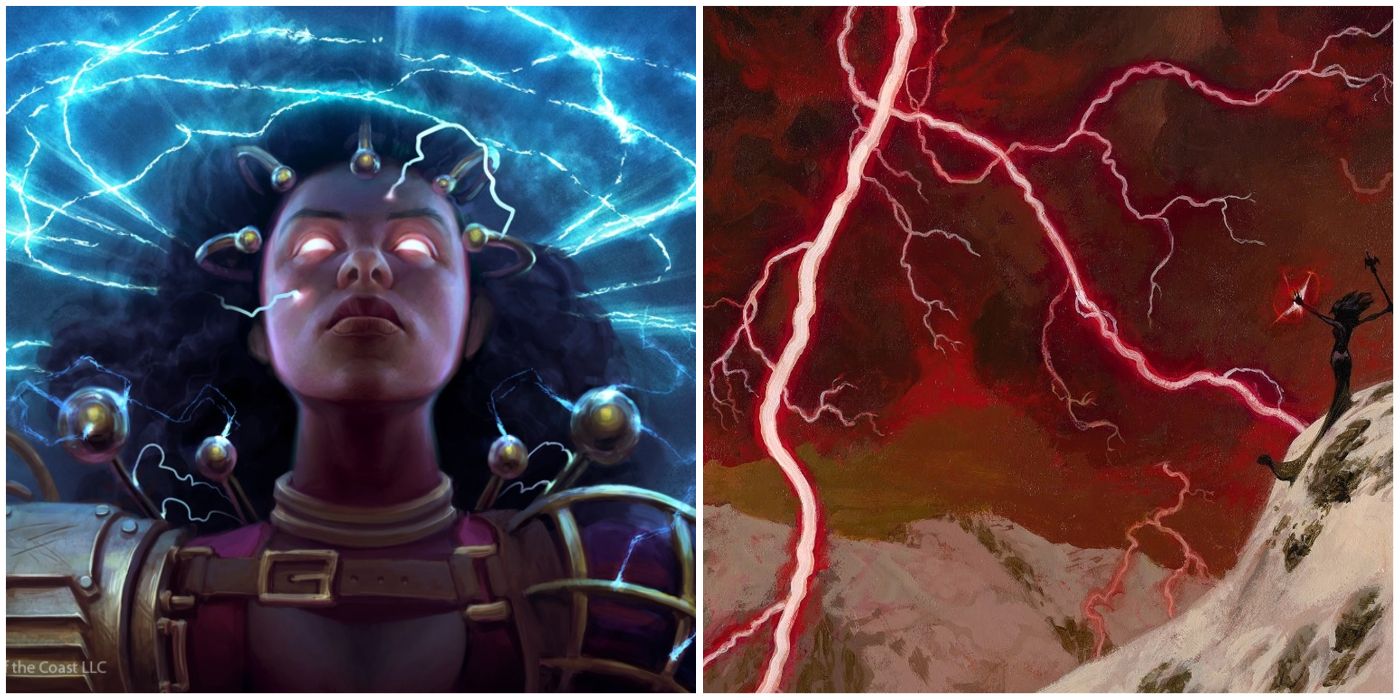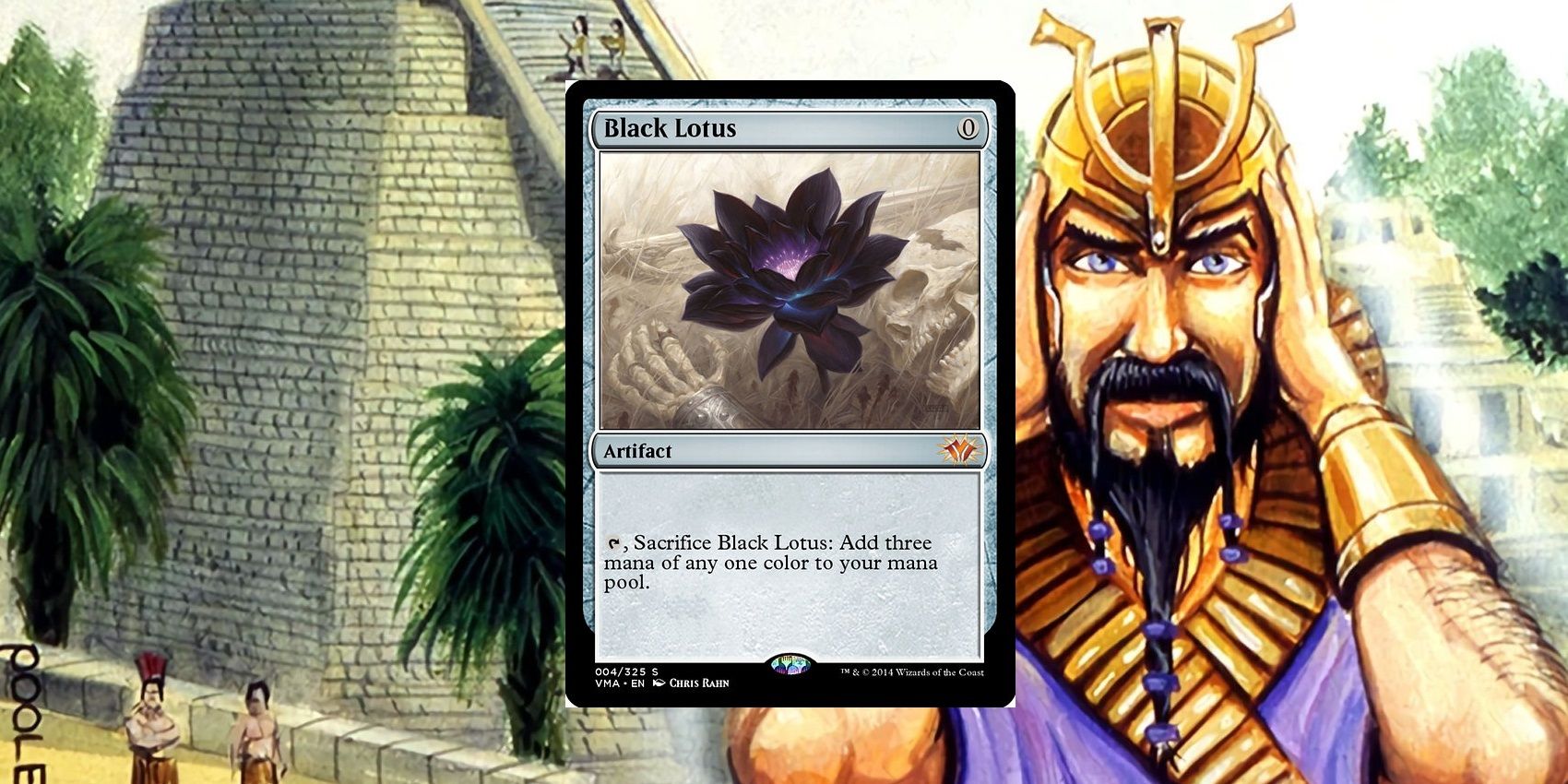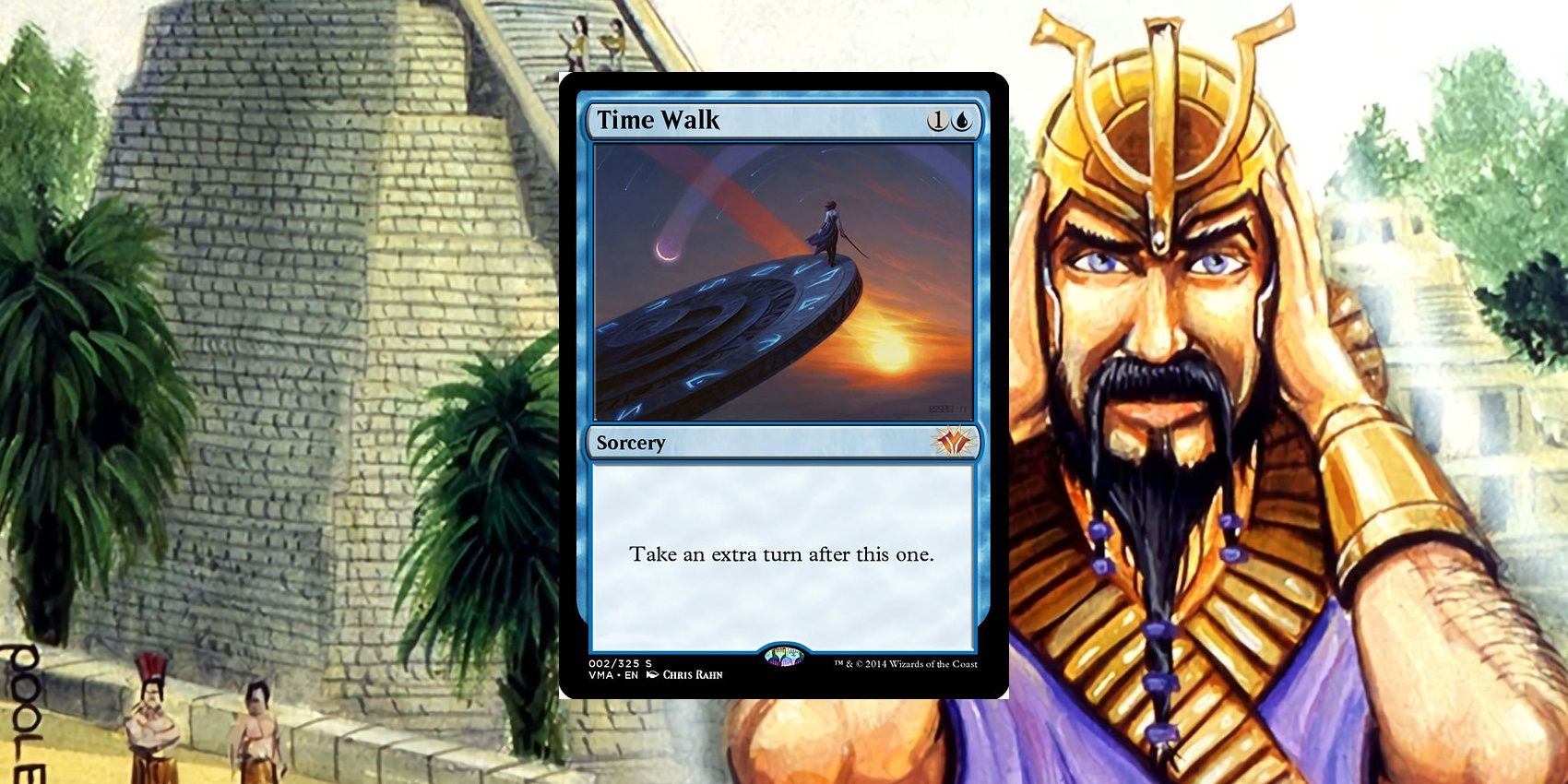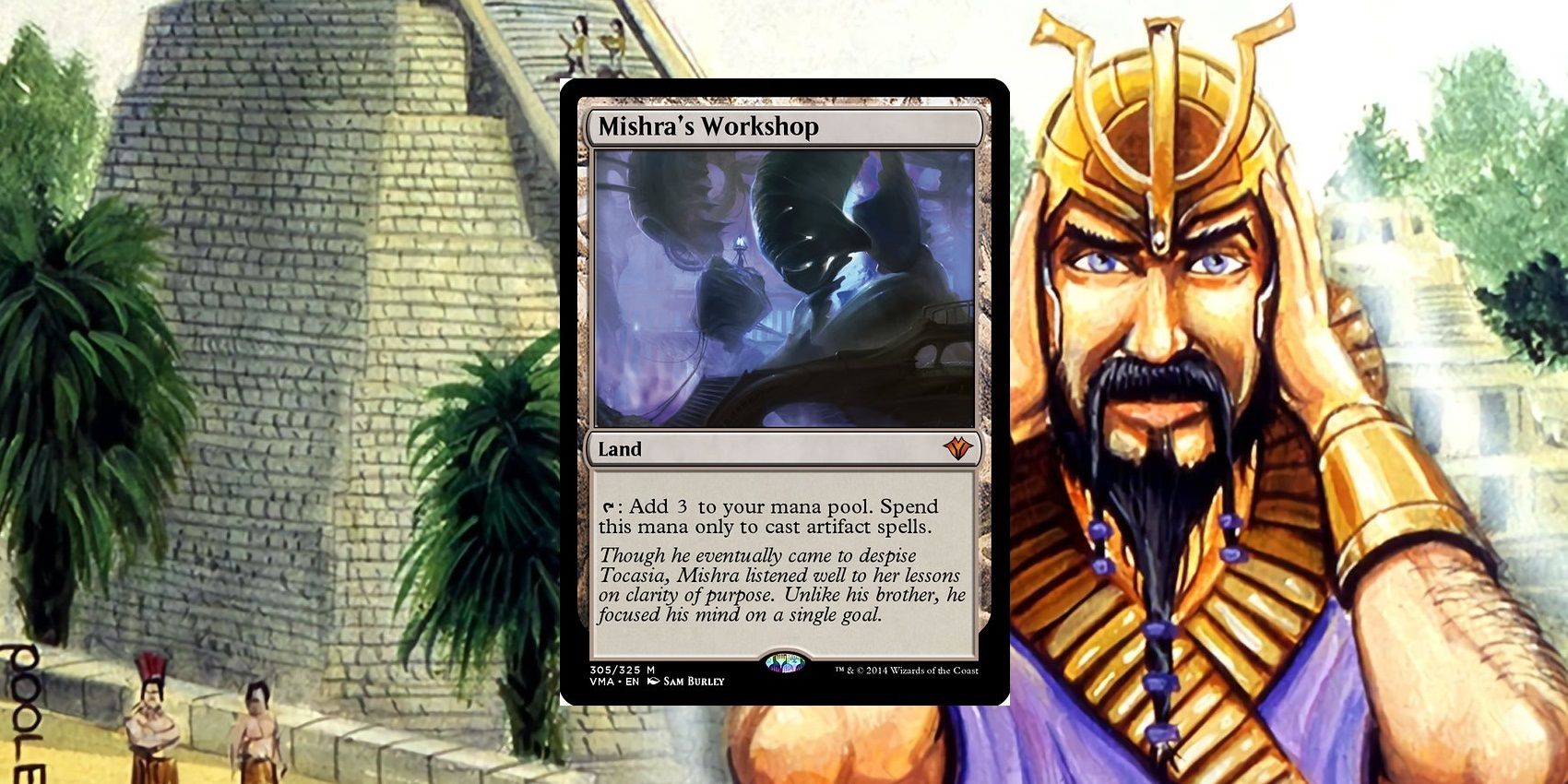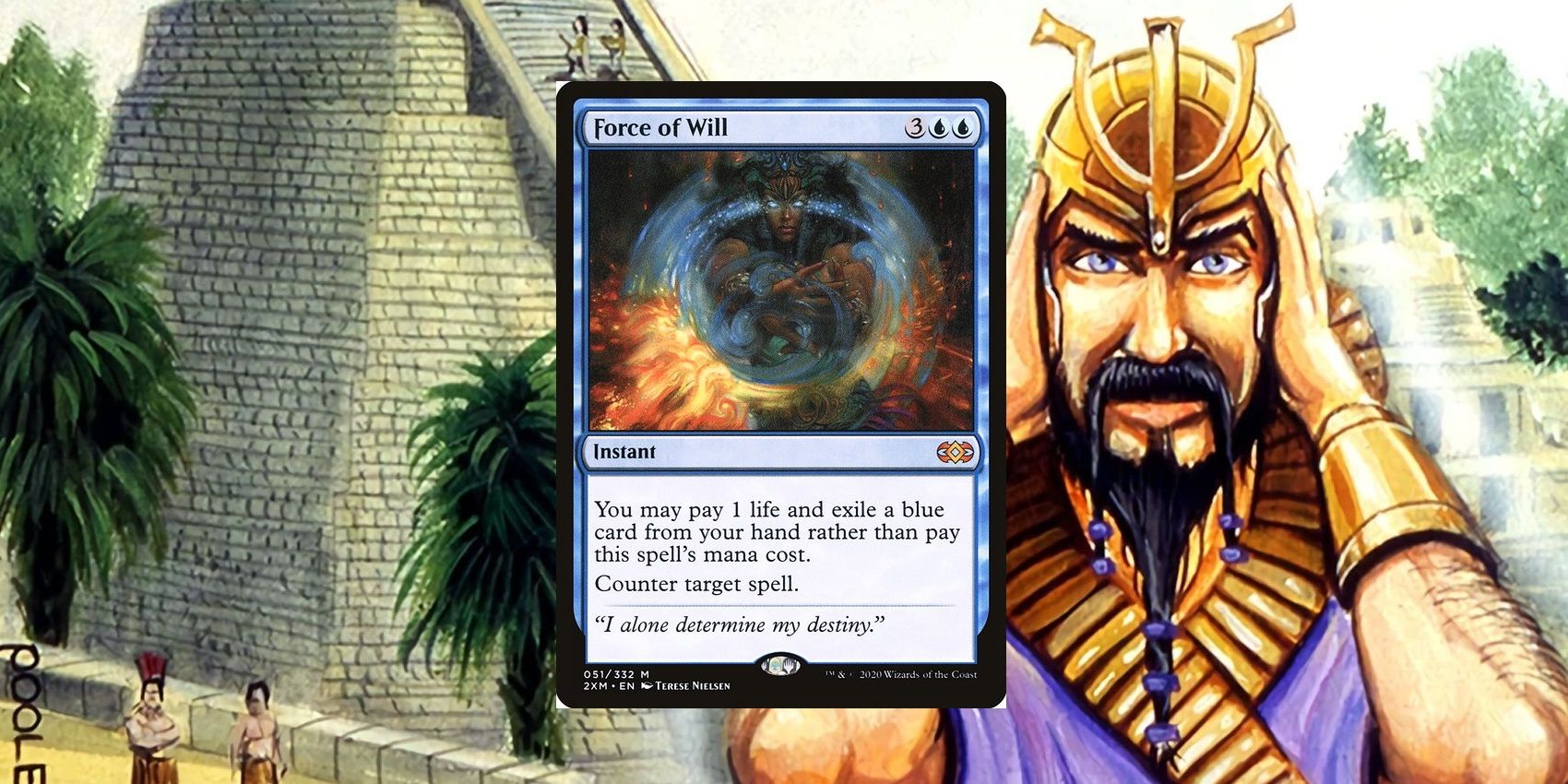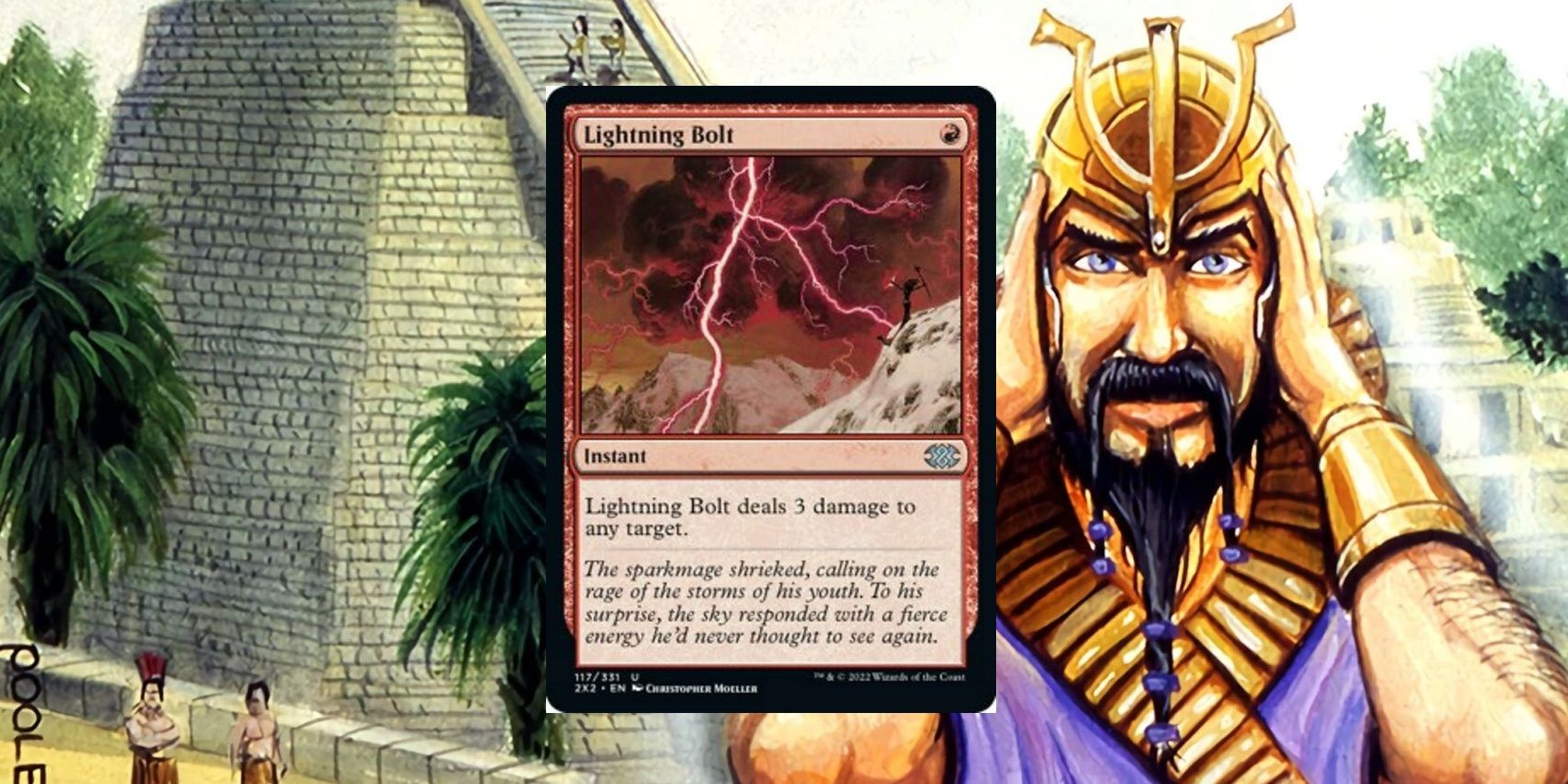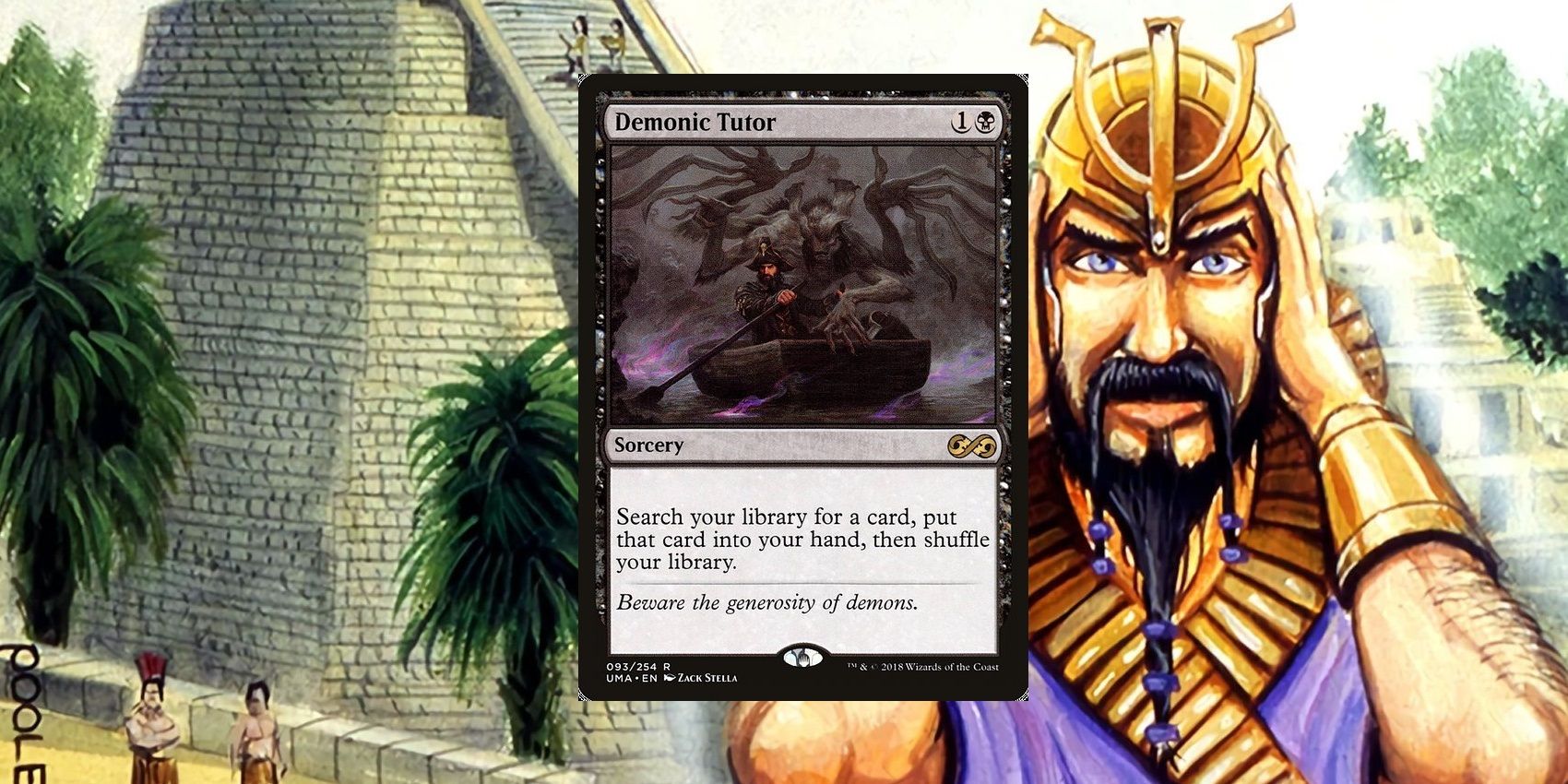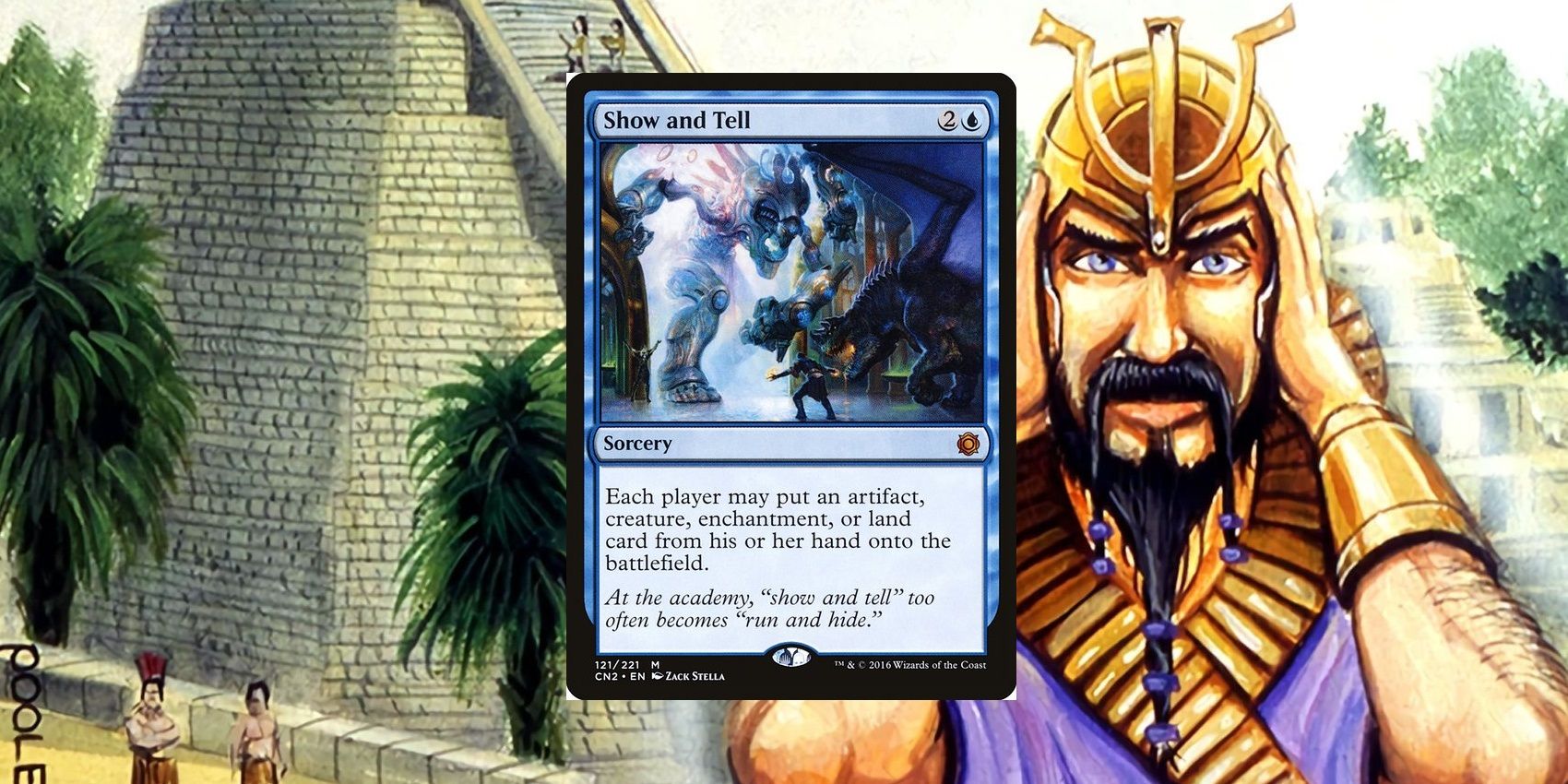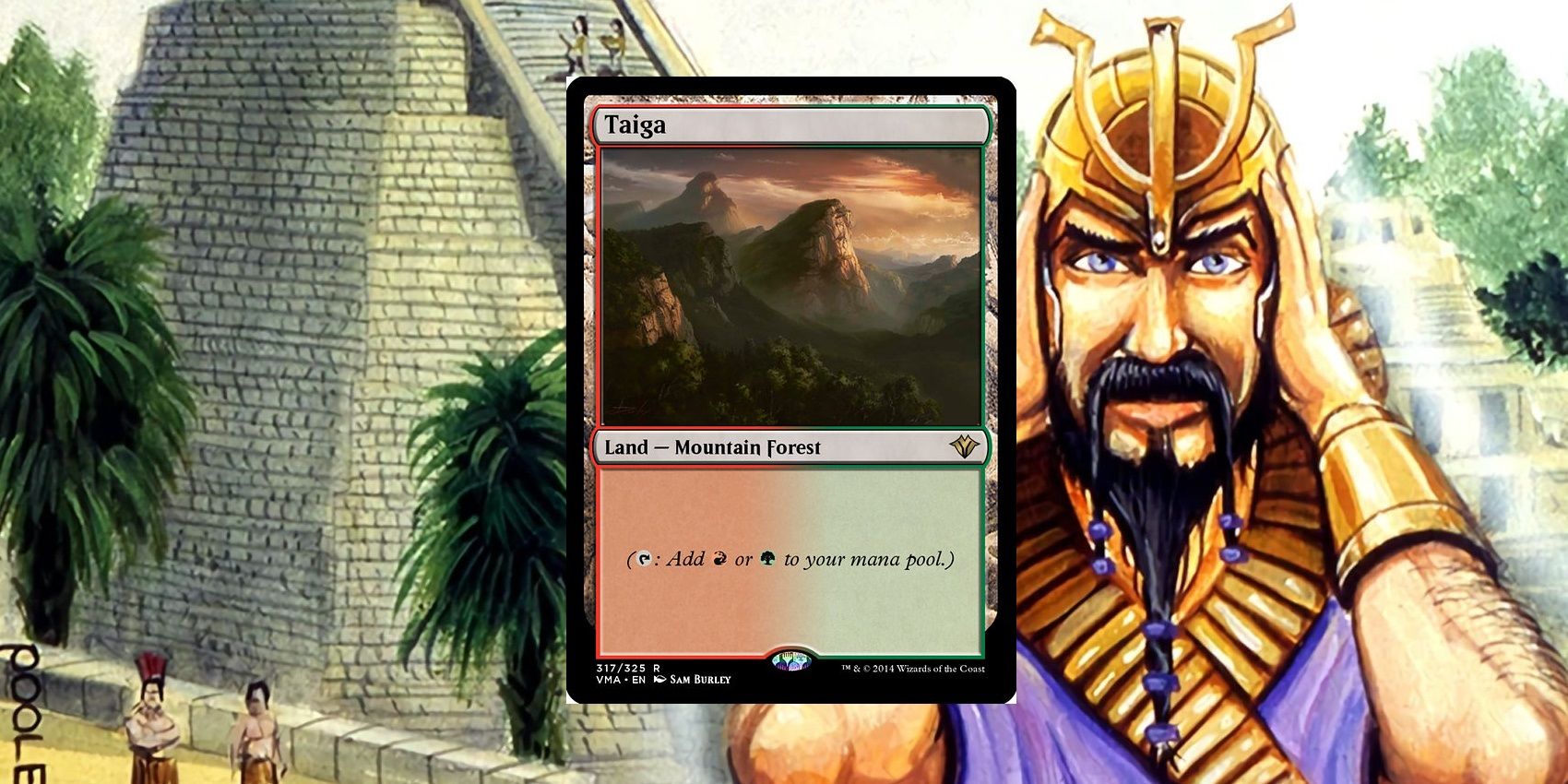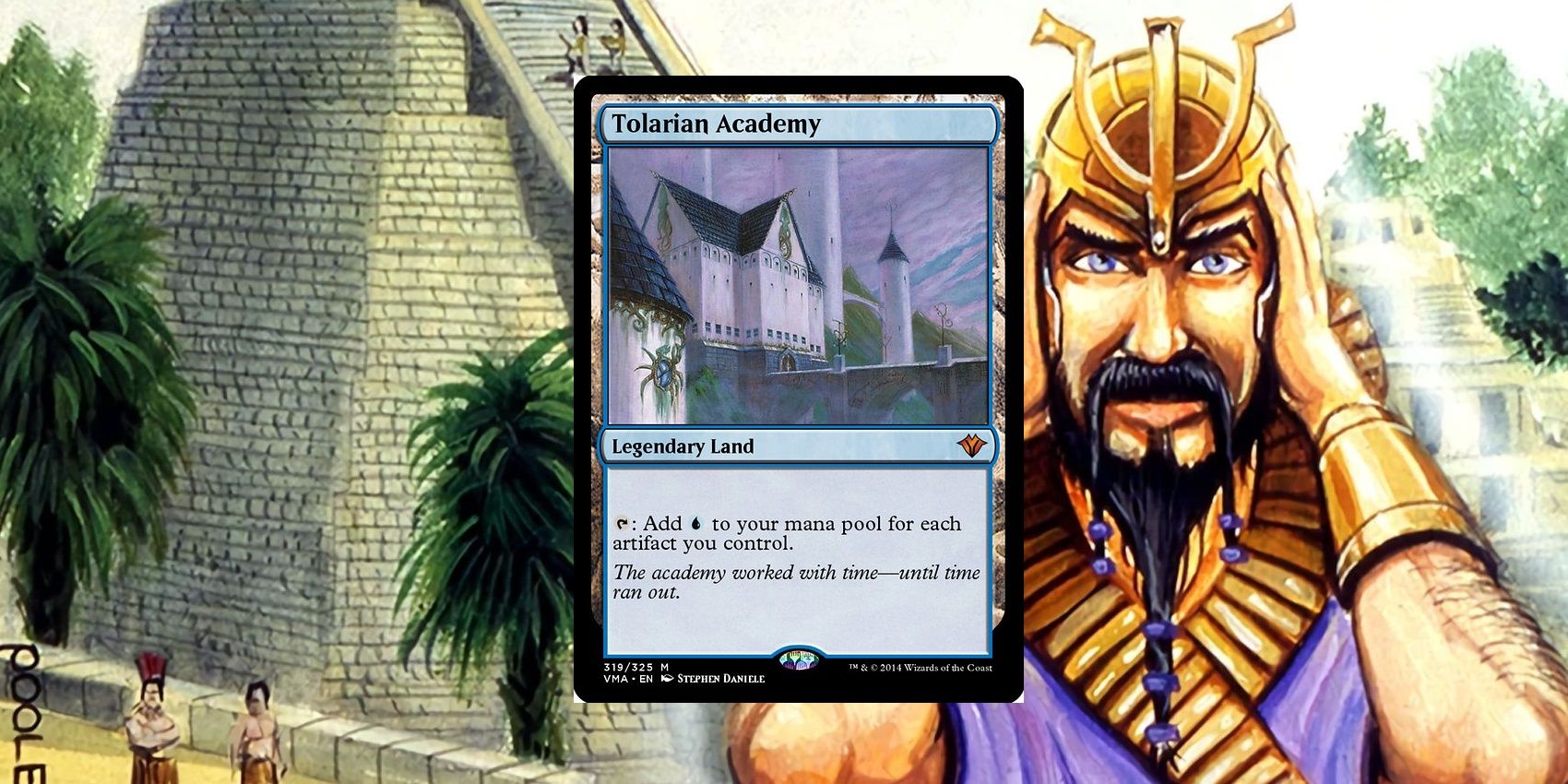Magic: The Gathering pioneered the concept of trading card games all the way back in August 1993 with the release of the Alpha set, and the game has greatly expanded and evolved since then, including learning from its own mistakes and experiencing general power creep. Many cards in modern sets can win games on their own, but not all old cards are obsolete by comparison.
Plenty of powerful and iconic MTG cards can be found from expansion sets and core sets from the 1990s, and they tend to also be staples in formats like Legacy, Vintage, and Commander. Some of them are a product of their time, being designed before Wizards of the Coast had balanced things out. Others are just powerful in any context.
10 The Six Moxes Are Excellent Mana Rocks
The six Moxes can be lumped together for consideration of the strongest 1990s MTG cards for convenience's sake. These six artifacts are part of the Power Nine, the game's most potent cards of all, and the famous Black Lotus leads the way.
Black Lotus can be cast for free and then sacrificed to add three mana, which can enable turn-one wins. Then, the other five Moxes are each a free artifact that taps for one of the five colors, serving as bonus lands that don't count against the land drop restriction.
9 Time Walk Grants An Extra Turn
Another member of the famed Power Nine is the mighty blue sorcery Time Walk. It is the first and best card to grant its caster an extra turn, which is a devastating effect if the cast is setting up a combo or in a position to attack the opponent's life points directly.
Most bonus-turn cards cost 5 or more mana, but not Time Walk, which costs a mere 1U. No modern card would cost so little for that effect unless it had strict conditions or downsides attached, such as losing the game after the bonus turn ends.
8 Mishra's Workshop Is A Colorless Black Lotus For Artifacts
Mana is essential for every single MTG deck, so naturally, any card that can accelerate mana is a big deal in the game. Aside from the Moxes, a notable example is Mishra's Workshop from the Antiquities set. This land can tap for three colorless mana at once, but only to cast artifact spells.
In the right deck, this effect is outrageously powerful and can easily allow for turn-one wins, just like Black Lotus itself. The mana comes with restrictions, but in exchange, the player can tap Mishra's Workshop for mana repeatedly, and it's not even legendary.
7 Force Of Will Can Counter Anything
Force of Will was first printed in the Alliances set, and it is by far that set's most famous and powerful card, and indeed one of the best '90s cards overall. This is the game's #1 counterspell for two reasons. First of all, it can counter any type of spell, making it wonderfully flexible in Legacy and Vintage.
More importantly, Force of Will can be cast without using any mana, which is significant. At the cost of 1 life and exiling another blue card from the hand, the caster can use Force of Will and disrupt the opponent's plans, just like that. Being out of mana doesn't always mean being out of options.
6 Lightning Bolt Is The Ultimate Burn Spell
Lightning Bolt is one of the best red cards in the game, and certainly one of the top 1990s cards. It won't win games on turn 1 like Black Lotus, but it does its job better than any other red card, dealing 3 damage at instant speed for just one mana. It's from a whole cycle of one-drop cards with effects based on the number 3, in fact.
Lightning Bolt is absolutely everywhere in MTG, and any Constructed deck running red is likely to include a full playset of these. Modern and Legacy Burn decks are the best example, though Valakut, Jund, and Delver decks also run, or ran, Lightning Bolt.
5 Demonic Tutor Is The Classic Tutor Spell
Tutoring is when a player searches their deck for a particular card, and the classic Demonic Tutor is the card that inspired the entire concept. This effective black sorcery can, for just 1B, search the library for any desired card and put it into the hand. The player won't even lose any life points in the process.
Few tutors are this cheap, and the nerfed version, Diabolic Tutor, costs twice the mana. As for gameplay, players with black mana tend to tutor for combo pieces to make their decks more consistent, though Commander players might also use it since it's difficult to draw a specific card in that format.
4 Show And Tell Tends To Bring In Eldrazi
Show and Tell first appared in 1998's Urza's Saga, and this mighty blue sorcery has been a staple of Legacy ever since. When cast, Show and Tell allows each player to put an enchantment, artifact, creature or land from their hand directly onto the battlefield, a truly remarkable effect.
Even if this card's effect is perfectly symmetrical when cast, the results are usually one-sided. Show and Tell is often used to put a mighty Eldrazi such as Emrakul, the Aeons Torn onto the battlefield, and in most games, that spells certain doom for the opponent. This is what makes formats like Legacy so scary.
3 Taiga & Its Kin Are Amazing Dual Lands
There have always been dual lands in MTG to help players fix their colors of mana in the game, such as the shocklands of Ravnica or the checklands of the core sets. But no dual lands can match the ten original Alpha duals, which are the last word in land-based mana fixing.
These lands enter the battlefield untapped no matter what, and they even have basic land types. This means they can be found with fetchlands such as Scalding Tarn or Windswept Heath, making them even more effective. Interestingly, the blue/red land, Volcanic Island, was accidentally omitted from Alpha and made its debut in Beta instead.
2 Brainstorm Can Dig Pretty Deep
Yet another powerhouse blue card from the 1990s is Brainstorm, a low-cost instant that first appeared in 1995's Ice Age set. This card can, at the cost of just U, allow the player to draw three cards and then put two cards from the hand onto the library's top. That's not bad, but players have since made this card even better.
Players can use Brainstorm, then use a shuffle effect, such as a fetchland, to shuffle their deck. This way, the player won't re-draw those unwanted cards from their hand, and they stand a good chance of drawing something entirely new. Brainstorm is powerful and popular, but the good news is it doesn't cost much money to buy a full playset.
1 Tolarian Academy Cranks Out Lots Of Blue Mana
Once again, aggressive mana acceleration makes for an incredibly powerful card. Tolarian Academy is a vastly powerful land that is banned in Legacy and restricted in Vintage since it can make so much blue mana. In particular, Tolarian Academy taps for on blue for each artifact the player has.
With cheap artifacts like Moxes around, it's easy for Tolarian Academy to tap for a lot of blue, acting like a blue-only Mishra's Workshop at the very least. All kinds of combos should be easy when one land taps for a handful of mana like that.

